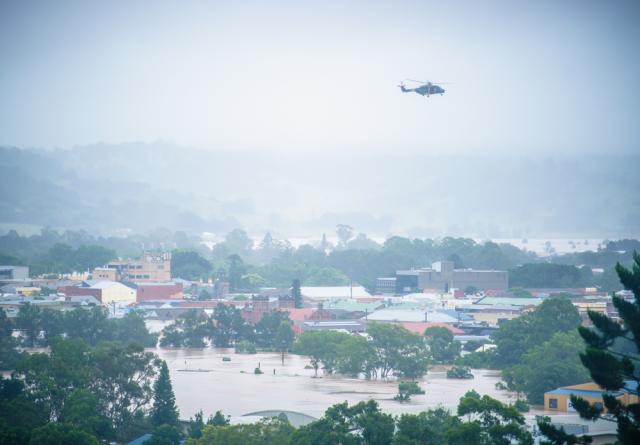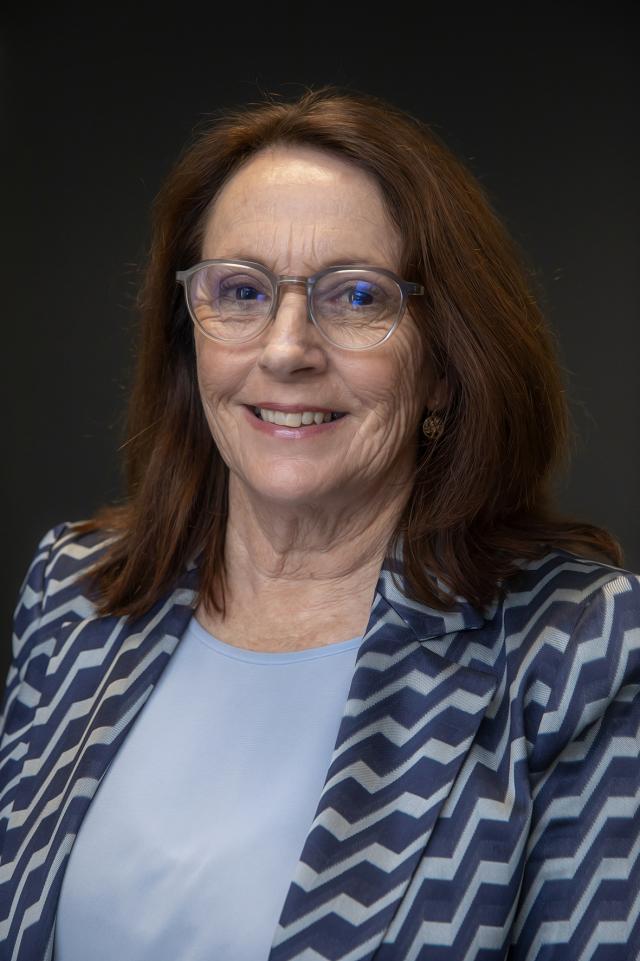PRECEDE
One council’s journey through the recent floods – the following was sent through from Lismore Council comms coordinator Peter Weekes who asked on behalf of the mayor, councillors and council staff that no one be quoted. This is the whole council’s story according to Weekes.
Lismore did not experience a flood event, it experienced a national disaster much like when Cyclone Tracey razed Darwin.
In the two days before the flood, residents and businesses moved their belongings and stock above the record 1974 flood level of 12.15m, thinking that it would be safe. It would eventually peak at 14.4m, somewhere between a 1-in-500-year flood and a Probable Maximum Flood (PMF) – essentially a Noah’s Ark event.
The flood waters rose much higher and faster than the BOM forecasted, which caught everyone by surprise. Many were unable to reach evacuation centres. Tragically, we lost four members of our community.
Flood waters covered much of the Northern Rivers, which meant our SES and other Emergency Services were stretched beyond their capacity. Mobile phones and the internet failed.
The devastation that was revealed when flood waters receded can not be described in words.
Thousands of homes were damaged or destroyed and our CBD was decimated as was our Industrial Estate, Shopping Complex and five schools.
Council facilities were also damaged or destroyed: our sewerage treatment plants, levee pumps, water mains, countless roads, library, art gallery, City Hall and much more.
Many of our staff lost their houses but still turned up at work to help the community. Some also rescued trapped neighbours and friends rather than protecting their own home and contents.
It’s going to be a very long and hard road to recovery, and we can only do it with the financial support of both the State and Federal Governments.
Lismore is a flood-prone city and we know how to deal with floods, what we didn’t know was how to deal with a national disaster.
What we quickly learnt was that in a disaster you can only rely on your own community.
The morning after the City was evacuated – long before it was officially safe to return – our roads were clogged with community members towing boats as they headed down to the CBD to rescue whoever they could find. They were unconcerned about their personal safety, they just wanted to save lives – and they saved many.
When there were far too many evacuees for the Evacuation Centre operated by the Department of Community and Justice, Council staff decided to set up a second centre at the Council’s Goonellabah Sports and Aquatic Centre.
This has never been the role of Council. Yet without any experience, the Centre was quicky established because it had to be done. Using Facebook, we made a call out for everything from mattresses, blankets and towels to food, bottled water and toothbrushes.
The response was immediate and overwhelming with hundreds of volunteers also turning up to assist with the smooth running of the Centre. Within days we had services such as Chaplaincy, Counselling, Find a Person, Department of Justice, Centrelink, Service NSW and many more.
As truckloads of donations from around the country rolled in after the roads became passible, we set up a walk in Dry Pantry at the Evacuation for those without food as well as a distribution centre for non-government organisations at the Lismore Showgrounds.
As news spread of the disaster, offers on cash donations flowed. With a mind to the scammers who tried to profit from our community following the 2017 flood, Council launched its own Flood Fund that will partner with charities to distribute to flood victims. (The details are on our website www.lismore.nsw.gov.au)
It’s only been just over a week since our city was virtually destroyed and Council has learnt a lot but there will be many more learning over the weeks, months and years ahead.
But there is one thing we already know – we will recover.












